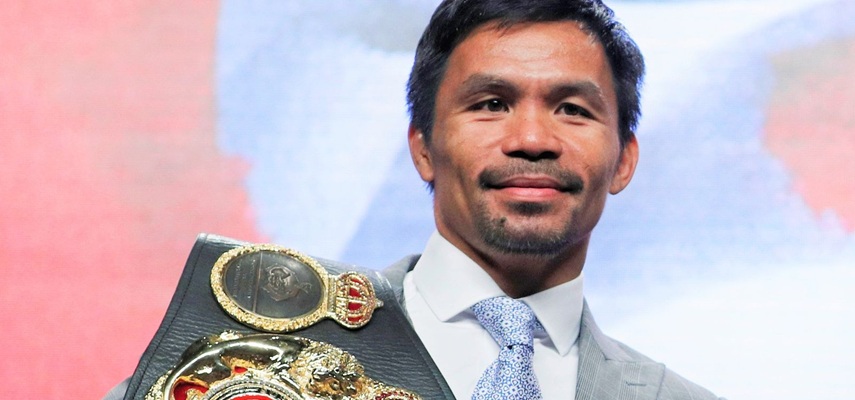If you sell to Filipino shoppers, you already see the pressure points: you lose carts when customers don’t find familiar ways to pay, you battle trust worries at the moment of payment, and you face confusion about which options work best for cross‑border orders. You can solve all three by meeting people where they are. The market is young and mobile‑first, and popular payment methods in the Philippines—from QR Ph and digital wallets to bank transfers—now shape whether you win the sale and the repeat visit. Designing checkout around local habits isn’t cosmetic; it’s conversion‑critical.
Choosing the Right Payment Partner
To make the right methods appear reliable and secure, you often need a specialist who understands local rails. Antom payment solutions, along with global processors like Stripe and PayPal, help you manage wallets, account-to-account transfers, cards, and QR Codes —all popular payment methods in the Philippines —on a single platform. This lets you deliver what shoppers expect without integrating multiple gateways. Choose a partner that can localize your checkout, display fees transparently, and maintain strong risk controls.
Market Snapshot: Economy, Population, Connectivity
Macroeconomics and Demographics
You serve a large, youthful market characterized by steady urbanization and a strong share of working-age consumers. That demographic mix supports rising online consumption and frequent mobile discovery.
Digital Access
Filipinos spend close to nine hours online each day, and a majority of overall web traffic originates from mobile devices. That habit carries straight into shopping—so your checkout must be fast, lightweight, and built for small screens.
E-Commerce Scale and Growth Trajectory
Adoption and Frequency
E-commerce has experienced rapid growth in recent years, driven by improvements in logistics and the increasing ease of digital payments. Many consumers now buy online at least monthly, with peaks during sale seasons and payday cycles.
Cross‑Border Dynamics
Cross-border shopping is part of the mix: a significant share of Filipinos purchase from overseas stores each year. When they do, they still expect local rails and transparent FX, not card‑only checkouts.
Shopper Profile and On-Site Behavior
Who Buys Online
A predominantly young audience drives growth. Financial inclusion continues to improve, but shoppers without credit cards still need options.
Devices and Traffic
Assume mobile‑first every step. Keep taps and form fields to a minimum and make method selection one or two gestures at most.
Research and Evaluation Habits
Shoppers compare, read reviews, and watch for hidden fees. You’ll earn trust by showing the full cost early and repeating it near the pay button.
Common Categories
Fashion, beauty, small electronics, and essentials are the main categories. Promotions and free shipping help undecided buyers make a decision.
Motivations, Friction Points, and Trust
Purchase Drivers
Convenience, recognizable payment brands, and quick confirmations matter. If people can top up cash at a nearby wallet and pay online immediately, they will.
Barriers to Conversion
Security concerns and unfamiliar methods lead to drop-offs. You can ease both with clear microcopy (e.g., “instant bank transfer via InstaPay”), recognizable logos, and a concise “how it works” section for QR Ph.
Payment Landscape Overview
System‑Level Evolution
The national payments roadmap accelerated digital adoption, and electronic transfers now account for more than half of retail transactions by volume. Interoperable rails make it easier for you to serve both banked and unbanked shoppers.
Digital Wallets
Wallets are everyday tools for small to mid‑ticket purchases. Treat them as first-class options and support cash-in partners so cash-reliant shoppers can still pay online.
Cards and Bank Transfers
Cards remain important for travel, subscriptions, and higher‑value baskets. Account‑to‑account options—InstaPay for instant transfers and PESONet for same‑day batch clearing—cover banked shoppers who prefer not to use cards.
QR Standardization
QR Ph is the national QR standard that enables banks and e-money issuers to interoperate. City-level programs extend QR code acceptance across public markets and transportation, normalizing everyday digital payments.
Cash Within Digital Journeys
Cash isn’t gone—it has moved. Many shoppers digitize cash at convenience and sari‑sari stores, then pay online with wallets or bank transfers. Designing clear cash‑in routes keeps your funnel inclusive.
Remittances and BNPL
Remittances bolster household spending, while Buy Now, Pay Later (BNPL) offers budget flexibility for fashion and gadgets. Use BNPL responsibly with transparent terms and reminders.
Mapping Popular Payment Methods in the Philippines
| Method | Where it shines | Trust signals to show | Practical notes |
| Digital wallets | Every day, mobile‑led checkout, small to mid‑ticket | Wallet badges; clear top‑up options | Promote cash‑in partners and instant refunds |
| QR Ph (P2M) | In‑store, COD‑to‑digital, app‑to‑merchant | QR Ph logo; short “how it works” | Interoperable across banks and e‑money issuers |
| InstaPay / PESONet | Banked shoppers; account‑to‑account | Bank logos: “instant” / “same‑day” | Label timing expectations at selection |
| Cards (credit/debit) | Travel, electronics, subscriptions | Network logos; 3‑D Secure | Keep FX and surcharges transparent |
| Cash‑in partners | Unbanked/underbanked | List partner stores; show fees | Bridge cash to digital for online orders |
| BNPL | Fashion, gadgets, seasonal peaks | Clear terms and schedules | Offer responsibly and cap late‑fee exposure |
Policy, Standards, and Consumer Protection
Government Programs
Joint initiatives between the central bank and local governments expanded QR acceptance among market vendors and transport operators. That puts interoperable payments into everyday routines, not just malls.
Regulation and Trust
Consumer‑protection rules and dispute‑resolution standards help reduce perceived risk. You reinforce that by resolving failures quickly and signaling security near the pay button.
Checkout Experience and Trust Signals
What Shapes Completion
- Place the most familiar local methods first on mobile devices.
- Show total cost early and again at method selection—no surprises.
- Keep failure states short and helpful, with instant retries.
Placement and Familiarity of Methods (Popular Payment Methods in the Philippines)
List wallets and QR Ph before cards, with account‑to‑account options one tap away. Label processing times should be clearly stated (“instant,” “same day”) and include recognizable logos, providing reassurance where people expect it.
Cross-Border Purchasing and Payments
Shopper Expectations
When you sell from abroad into the Philippines, shoppers still expect local rails and clear FX. They’ll abandon the purchase if an unfamiliar gateway appears at checkout.
Method Preferences in Cross‑Border Contexts (Popular Payment Methods in the Philippines)
Lead with local wallets and bank transfers, then cards. Provide currency clarity, delivery timelines, and a visible returns policy to offset distance.
Conclusion
You win over Filipino shoppers by removing payment-related doubts. Prioritize popular payment methods in the Philippines—wallets, QR Ph, InstaPay/PESONet—and ensure the design is mobile-friendly from the first tap to confirmation. Keep fees transparent, display familiar logos, and make errors easy to rectify. Do that consistently and you convert first‑time buyers into loyal customers.





























